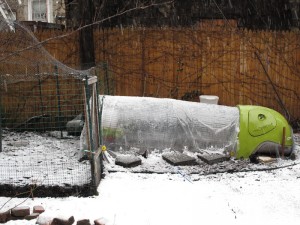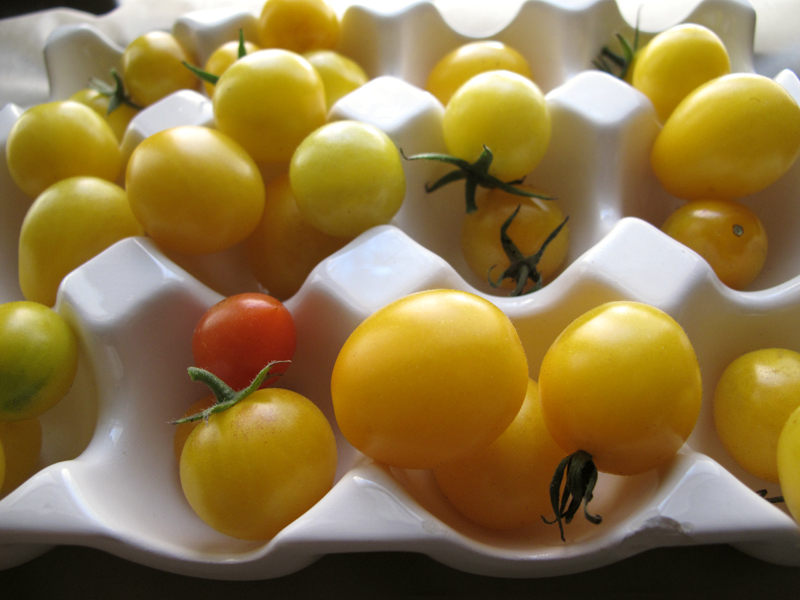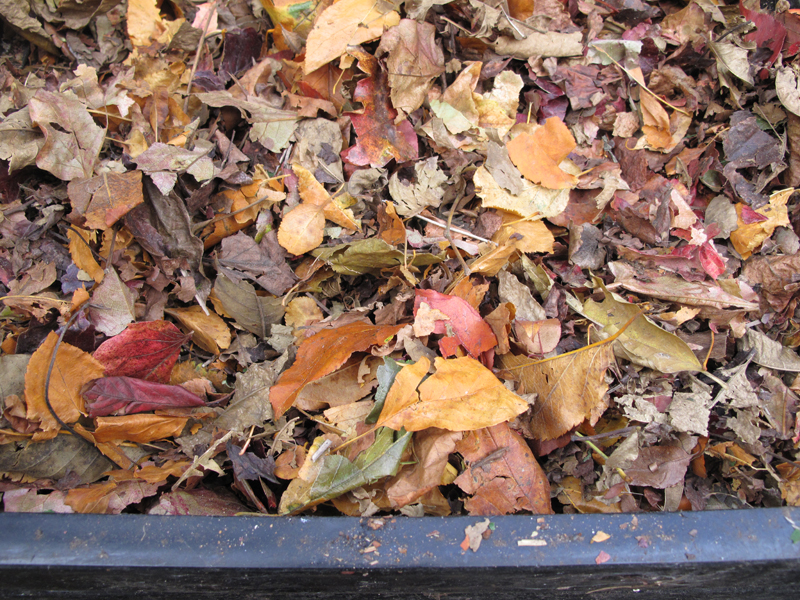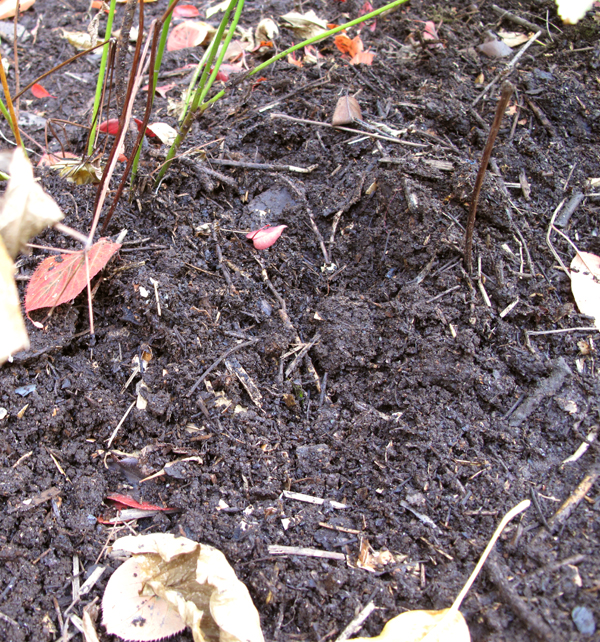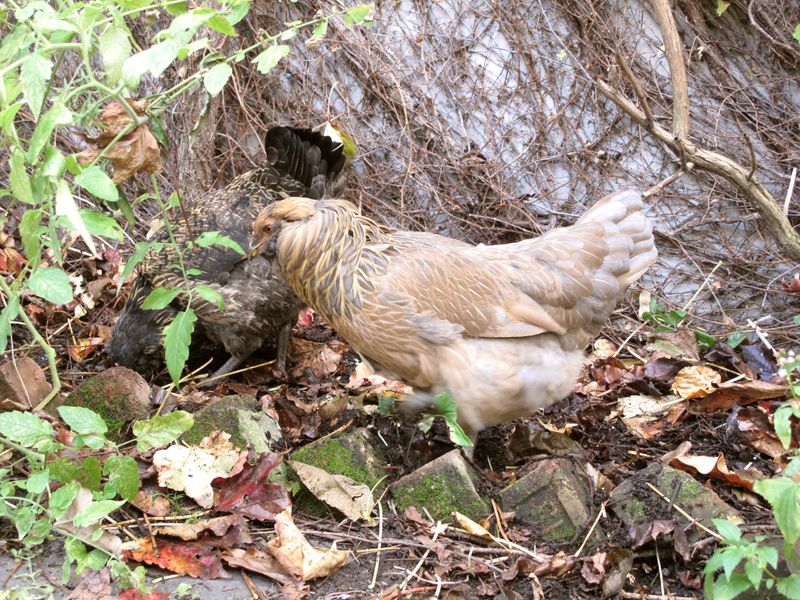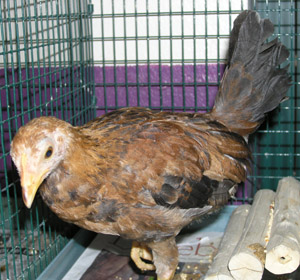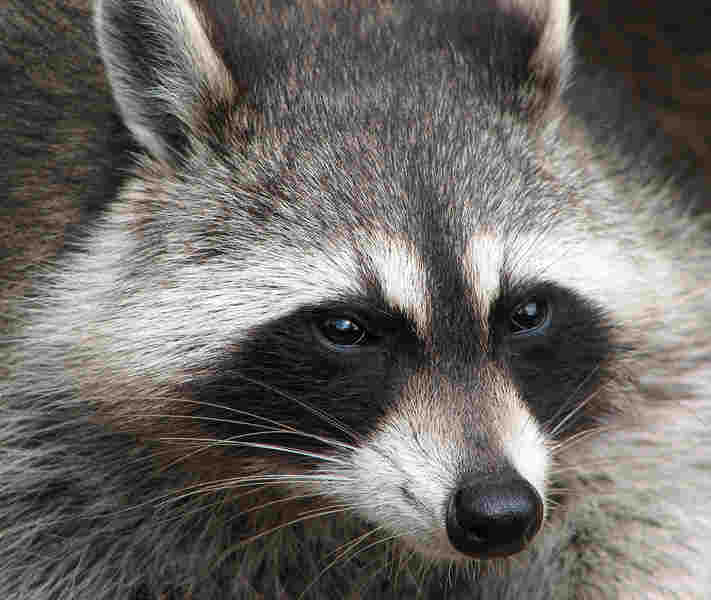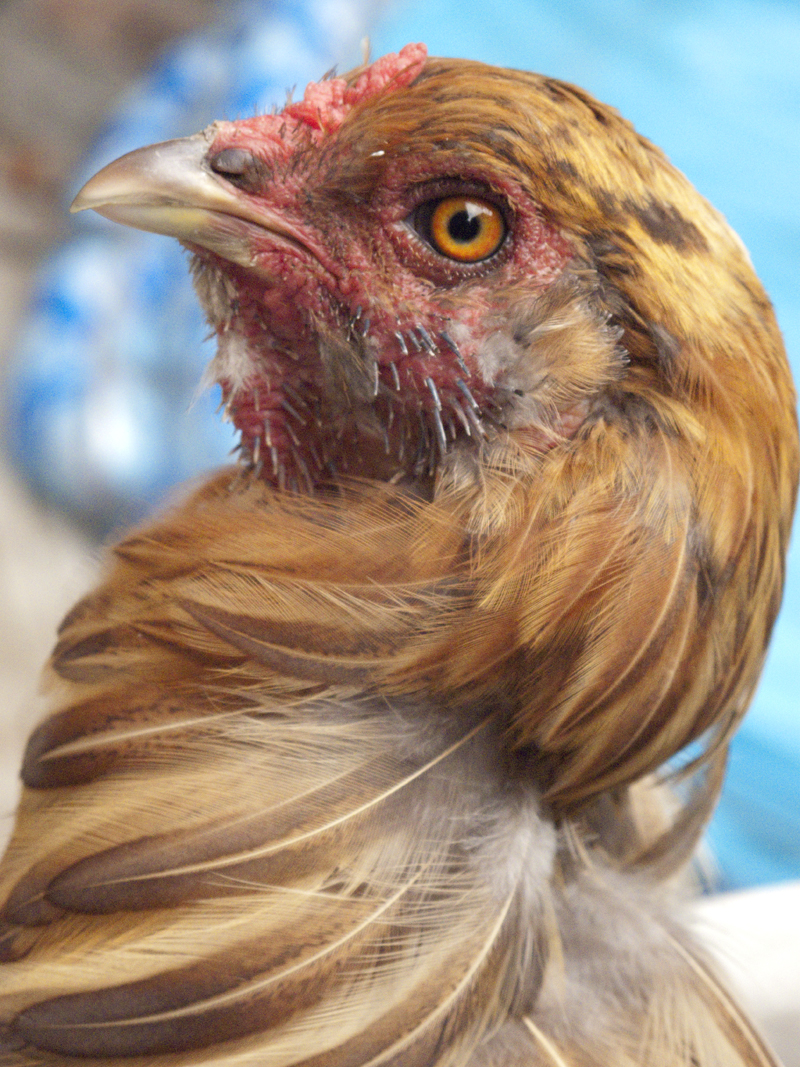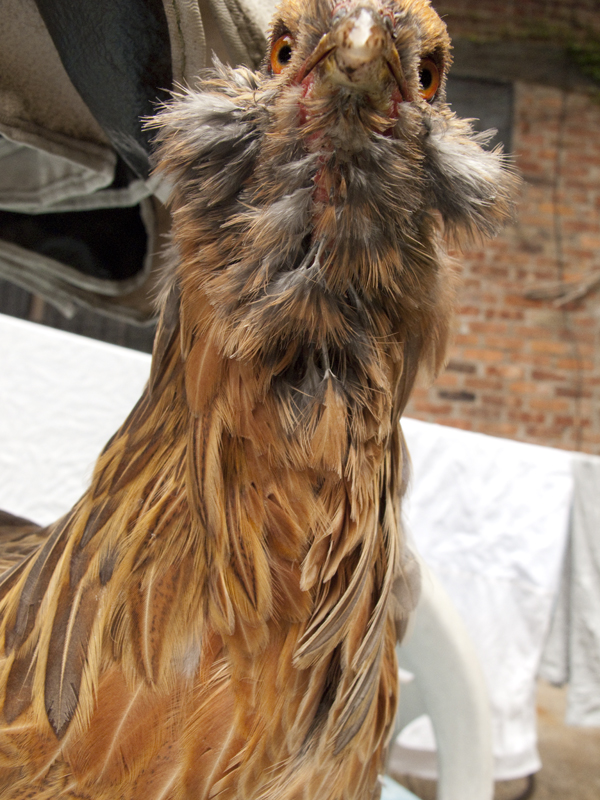Although it was raining on and off today, my friend Ruth and I decided to take a walk through Central Park. We spent most of our time on the Northern end, which has fewer people and feels a bit wilder. There were signs of spring, such as snowdrops and robins and almost blooming daffodils. We saw quite a few different birds: pairs of bufflehead ducks, swans, a robin, bluejay, common grackles, downy woodpecker, canada geese, mallard ducks, starlings and 2 domestic white ducks. What?? I have an Audubon bird guide application for my iphone, so I was sure they weren’t wild ducks. I came home and searched online and found out that it is pretty common for people to get pet ducks (bunnies, turtles, etc.) and then abandon them in a local park. I thought the woman feeding the mallards bread was bad enough. Come on people! It should be a big decision as to whether or not you get a pet. And then once the decision is made, it is a big commitment to that animal. Domestic ducks don’t have flight feathers like wild ducks and cannot survive in the wild. Even the wild of NYC. The international bird rescue research center has a great site which goes into further detail. Now that I’m on my soap box, let me also mention that should you find some “abandoned” baby animals/birds this spring, please continue walking. The parents that you think have abandoned their babies are too terrified to come back while you are standing there.
When I returned home I let the hens out to peck around my back yard. I noticed that the few garlic cloves I planted in the fall are starting to sprout up. I eagerly looked for signs of my asparagus sprouting and when I went to that bed, the hens eagerly followed me. As I was pawing through the layer of leaves and mulch, the girls decided to do the same. Much to our mutual satisfaction, they found and ate about a dozen baby slugs. It was pretty gross to watch, but very gratifying. My future basil and I thank them.


